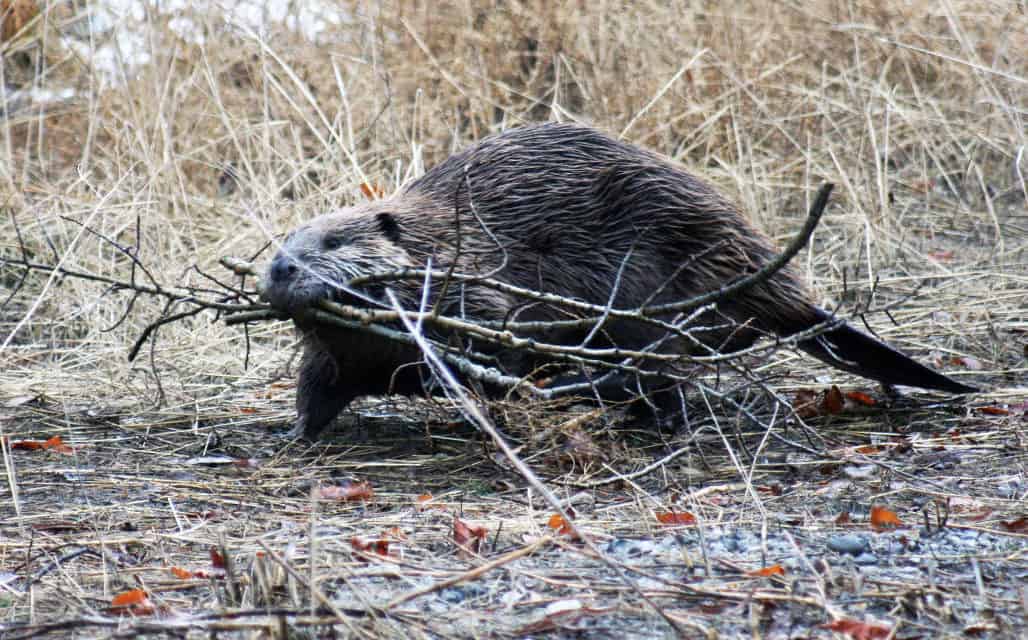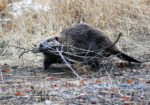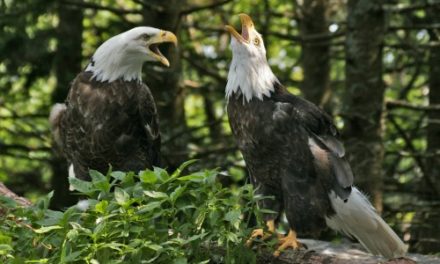Did We Miss the Warning Signs?
By Eileen Majors
A long winter with record dry spells left many of us wondering what to expect next season regarding the health of our snowpack. We learned to be more conservative with our water use, realizing how much the southern part of the state relies on our northern waterways, and cherish the value of fresh produce that requires a dependable water source. On the other hand, our animal friends seemed to know automatically what to do. I have to wonder if we are not so bogged down with the business of this life and so dependent on the media for vital information, that we missed the warning signs we would have received naturally. If we had been responsible for growing, harvesting and protecting the food source for our families, I think we likely would have had the forethought to can, dry or otherwise preserve last season’s produce–and with good reason.
I have lived next to a creek for over 30 years and have never been lucky enough to even catch a glimpse of a beaver here. This year, however, provided a few rare opportunities to view the wildlife closer up than usual. We got to watch our long-time beaver neighbors out working to build and strengthen their lodges almost every time we ventured forth to look for them.
It seems our beaver friends knew before any of us that water would be in short supply. My first glimpse of one critter came just as the dry ground welcomed a light sprinkling of overdue rain showers. At this point I didn’t know there was an upcoming drought warning. Across the street from my house, one beaver dropped a large aspen tree right in broad daylight. One of my neighbors was lucky enough to watch it happen. Every day and night after that, the beaver worked hard to transport his take to the dam, all the while cutting down more and more willows to stack as protection of his oasis of water and ice.
Soon the beaver extended its work all the way into my own yard, about a block away from our original viewing site. Influenced by the news media and all the hype over one young celebrity, we named our busy beaver Justin (Beaver). As one neighbor pointed out, a deep hole was dug in the vicinity during the last big drought year, where water could still be found eight feet below the earth’s surface. She added that, “hopefully Justin will have his kingdom but not a Lamborghini to get him into trouble.”
I imagine that there are youngsters about to be born into these extended colonies, and the reason for our industrious beaver’s over-achieving fortitude. Baby beavers (kits), which are typically born between january and march, will leave the colony within a couple of years to build lodges to start their own families. With a life expectancy of up to 20 years, I understand why the beaver population is now migrating into my own yard. Read more about our beavers and see the great photos captured in a feature by our newest writer Stacy Fisher. Find it on page XX.













